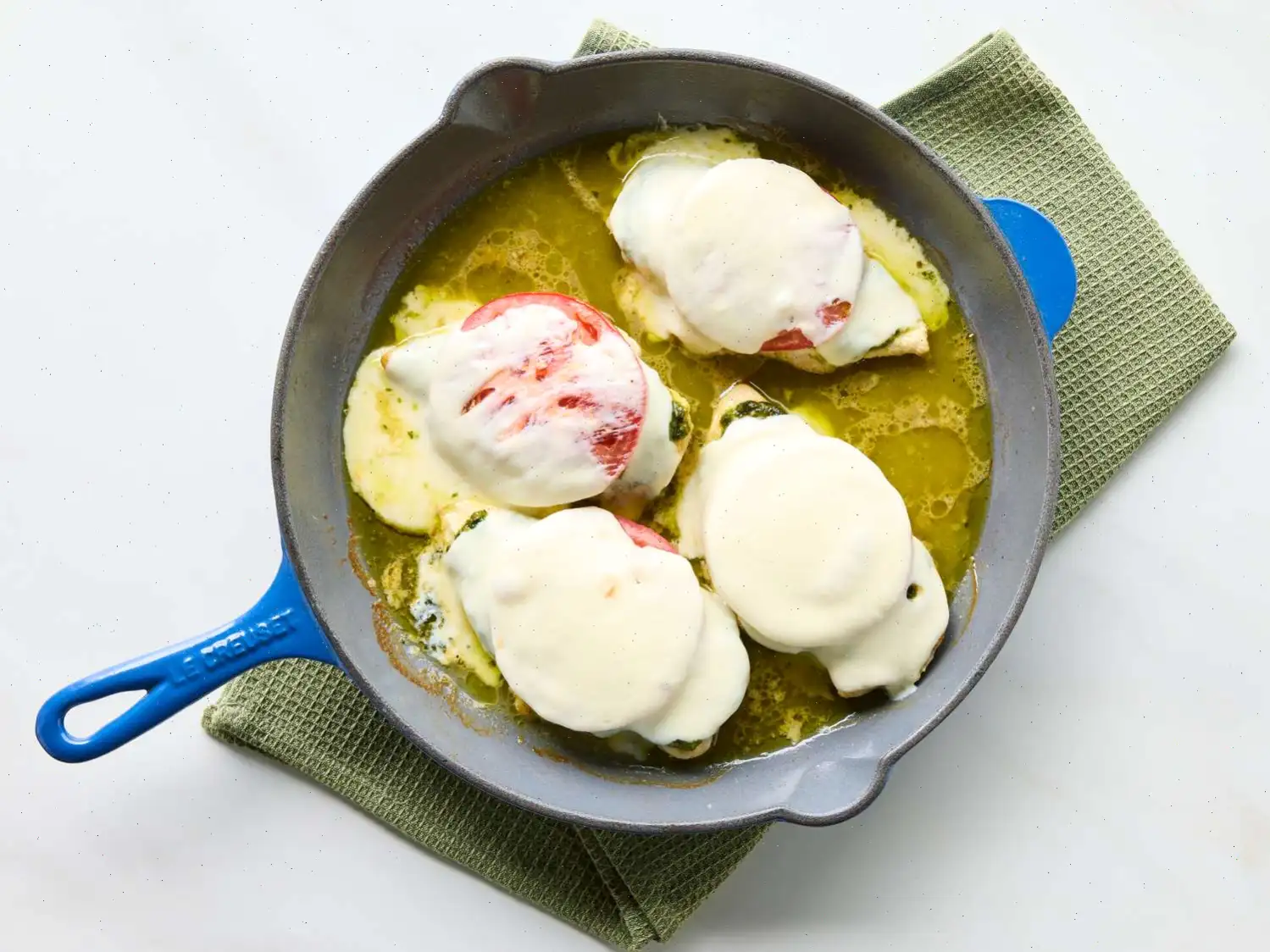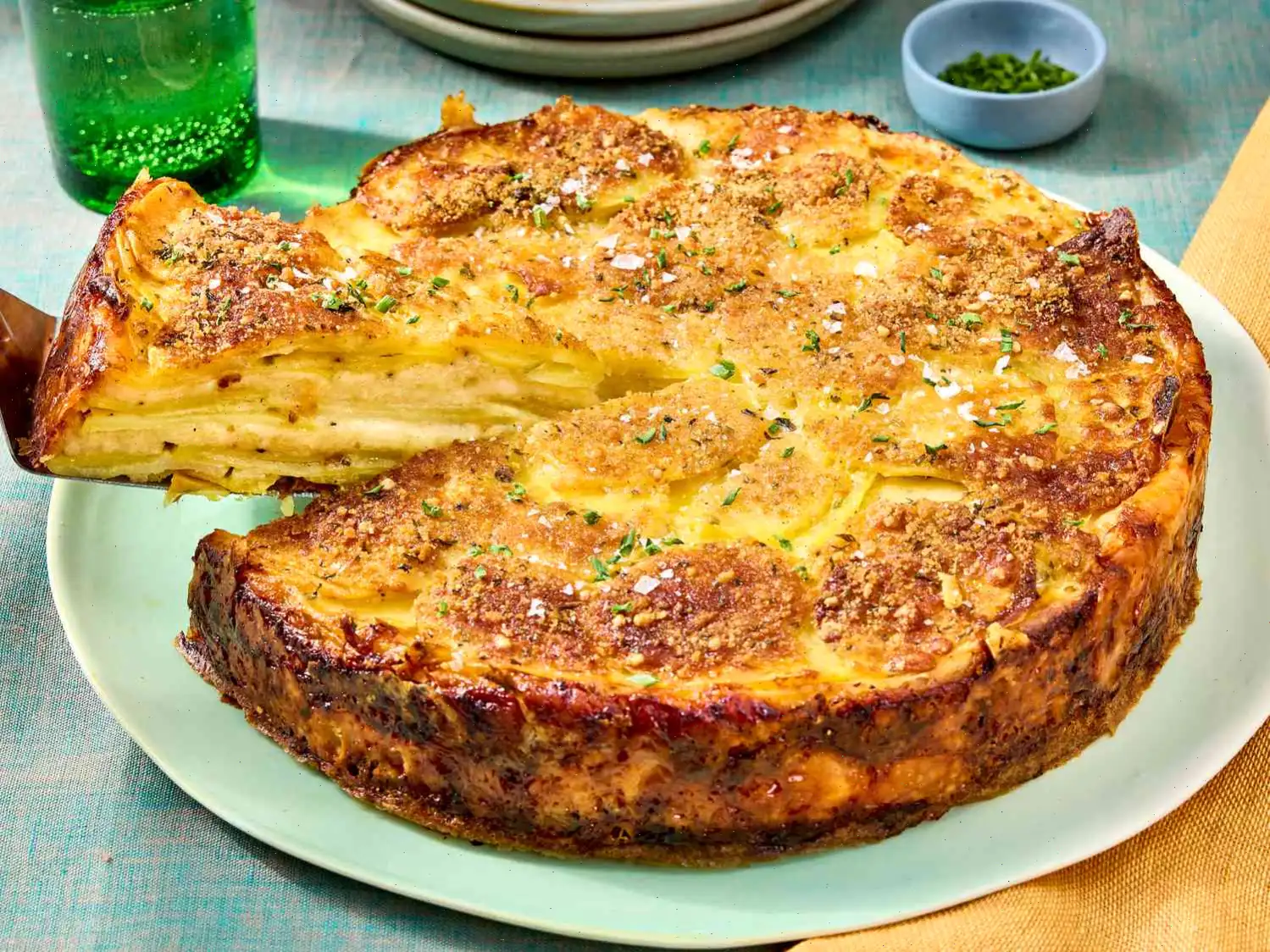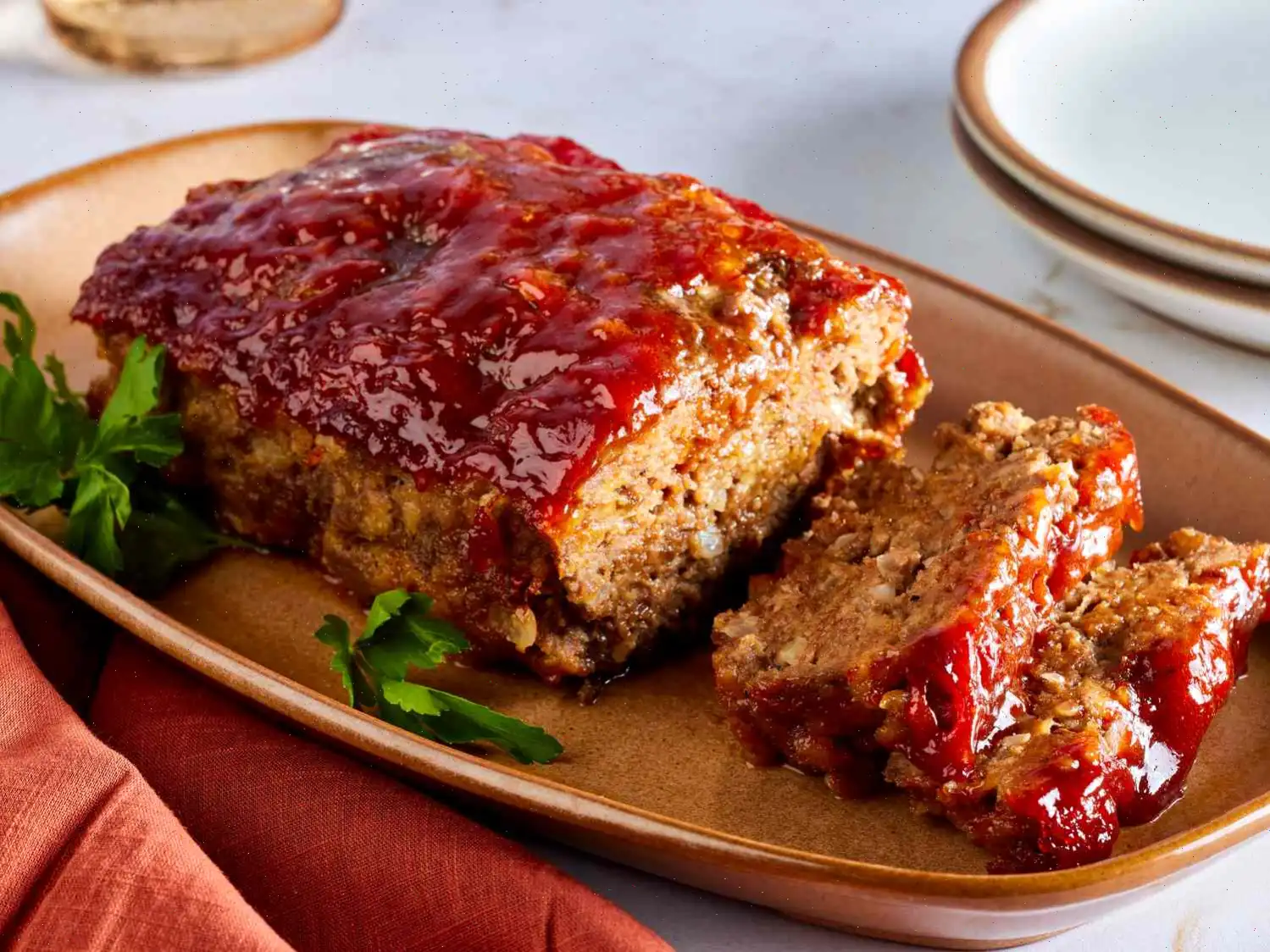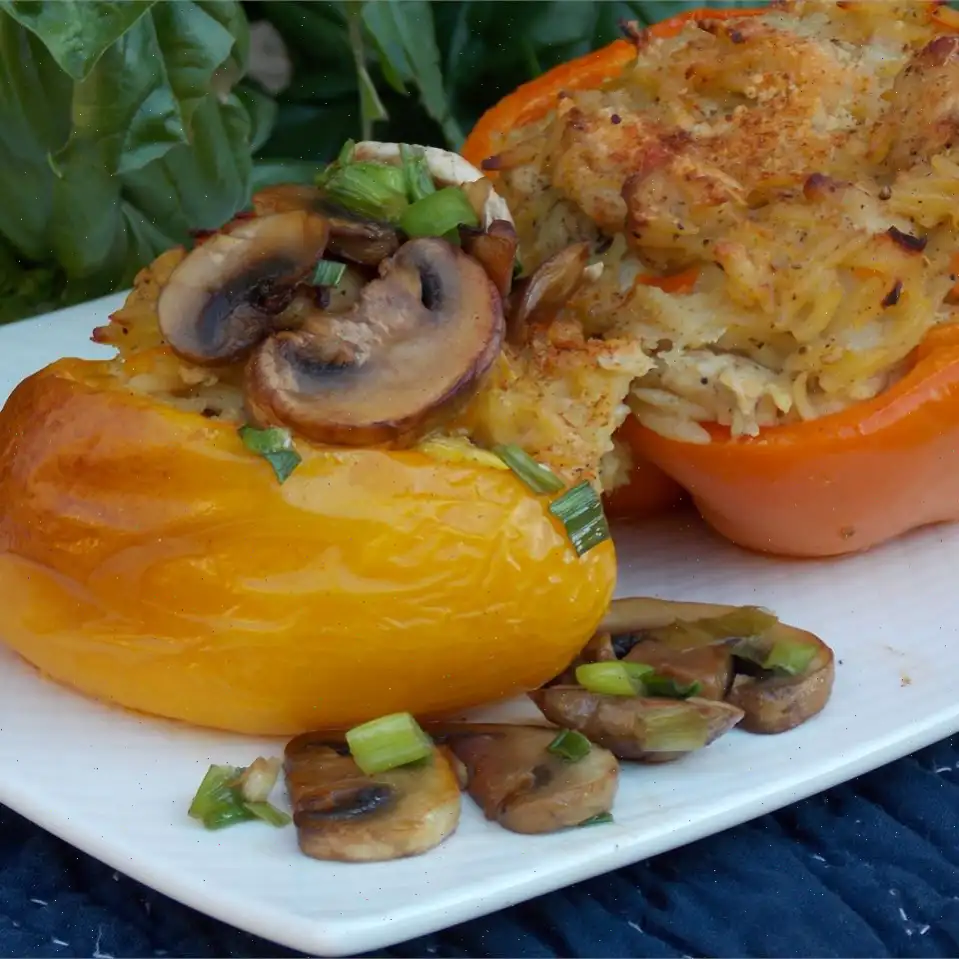
Pesto Chicken Caprese Recipe
Ingredients
- 2 skinless boneless chicken breasts (10-12 ounces each)
- 1/2 teaspoon salt
- 2 tablespoons olive oil
- 4 tablespoons basil pesto
- 1 large beefsteak tomato, sliced into 4 (1/4-inch thick slices)
- 8 ounces fresh mozzarella cheese, sliced into 8 pieces
- Fresh basil leaves, torn
Directions
1. Start by gathering all the ingredients. Preheat your oven to 400F (200C).
2. Slice the chicken breasts in half horizontally. If needed, use a meat mallet to pound each piece to an even thickness. Season both sides with salt.
3. Heat olive oil in a 12-inch oven-proof skillet over medium heat. Add the chicken breasts and cook until lightly browned on the first side, about 3-4 minutes. Flip and cook the other side for another 3-4 minutes.
4. Once browned, remove the skillet from heat. Spread 1 tablespoon of basil pesto on each piece of chicken.
5. Place one slice of tomato on top of each chicken portion, followed by two slices of mozzarella cheese.
6. Transfer the skillet to the preheated oven and bake for about 10 minutes, or until the chicken is cooked through (internal temperature should reach 165F or 74C) and the cheese has melted.
7. Serve immediately, topping the chicken with freshly torn basil leaves.
Nutrition Facts (per serving)
| Calories | 506 |
| Total Fat | 28g (36% Daily Value) |
| Saturated Fat | 10g (48% Daily Value) |
| Cholesterol | 157mg (52% Daily Value) |
| Sodium | 782mg (34% Daily Value) |
| Total Carbohydrate | 4g (2% Daily Value) |
| Dietary Fiber | 1g (3% Daily Value) |
| Total Sugars | 3g |
| Protein | 56g (112% Daily Value) |
| Vitamin C | 6mg (7% Daily Value) |
| Calcium | 307mg (24% Daily Value) |
| Iron | 2mg (11% Daily Value) |
| Potassium | 594mg (13% Daily Value) |
* Percent Daily Values are based on a 2,000 calorie diet. Your daily values may be higher or lower depending on your calorie needs.

The History of Pesto Chicken Caprese
Pesto Chicken Caprese is a modern twist on two classic Italian culinary traditions: Caprese salad and pesto sauce. The Caprese salad, originating from the island of Capri, Italy, is a simple combination of fresh mozzarella, ripe tomatoes, and basil, symbolizing the colors of the Italian flag. Pesto, a fragrant sauce made from basil, garlic, pine nuts, Parmesan cheese, and olive oil, has its roots in Genoa, Liguria. The combination of these elements with tender, oven-baked chicken is a contemporary innovation that balances freshness with rich, savory flavors. While the exact origin of this dish is hard to trace, it likely emerged in the late 20th century as Italian-American chefs sought creative ways to incorporate traditional ingredients into protein-focused meals.
Regional Variations
While Pesto Chicken Caprese is widely enjoyed in Italian-American cuisine, different regions of Italy emphasize certain ingredients differently. In Liguria, where authentic pesto originates, pine nuts and extra virgin olive oil are central, often giving the dish a more herbaceous and slightly nutty flavor. In southern regions like Campania, home of the traditional Caprese salad, the use of buffalo mozzarella enhances creaminess and adds a richer texture. International adaptations may include grilling the chicken instead of baking or adding balsamic glaze for extra acidity, reflecting local tastes and ingredient availability.
Differences from Similar Dishes
Although Pesto Chicken Caprese resembles dishes like Chicken Parmesan or classic Caprese salad, it stands apart due to its simplicity and balance of flavors. Unlike Chicken Parmesan, it is lighter, as it does not use breading or heavy tomato sauce. Compared to a traditional Caprese salad, the addition of baked chicken provides protein and heartiness, making it a complete meal rather than a side dish or appetizer. The layering of pesto, fresh tomatoes, and mozzarella on the chicken creates a unique flavor profile that is simultaneously fresh, savory, and aromatic.
Typical Serving Occasions
Pesto Chicken Caprese is versatile and can be served in a variety of settings. It is popular as a main course for casual family dinners or elegant weeknight meals. Restaurants often feature it as a lighter entre alongside pasta or seasonal vegetables. It also appears at brunch buffets or garden parties, where its colorful presentation and fresh ingredients make it visually appealing. The dish is best served immediately after baking, garnished with torn basil leaves to enhance its aroma and visual appeal.
Interesting Facts
- The dishs color palette mirrors the Italian flag, making it both patriotic and photogenic.
- Pestos name derives from the Italian word pestare, meaning to crush, which reflects the traditional mortar-and-pestle preparation method.
- Using fresh mozzarella instead of processed cheese preserves the creamy texture and delicate flavor that defines authentic Italian cuisine.
- This recipe can be adapted for low-carb or high-protein diets without losing its signature taste.
- Some chefs experiment with cherry tomatoes, sun-dried tomatoes, or heirloom varieties to highlight seasonal flavors, demonstrating the dishs flexibility and international appeal.
FAQ about Pesto Chicken Caprese Recipe
Comments
Gregory Turner
09/30/2023 06:50:14 AM
Simple, gorgeous, and delicious.















